
Poor Economics
A Radical Rethinking of the Way to Fight Global Poverty
Published by Public Affairs, a member of the Perseus Group LLC
ISBN: 9781586487980
Pages: 320
Recommendation
After decades of effort, billions of dollars, thousands of aid workers and hundreds of antipoverty programs, 865 million people still barely survive on the equivalent of less than a dollar a day. But that can change, one small clinic, one incentive and one schoolroom at a time according to this eye-opening work – The Financial Times/Goldman Sachs’ business book of the year for 2011. Authors and MIT economic researchers Abhijit V. Banerjee and Esther Duflo report field-tested experiments showing that lifting the world’s poor into a more comfortable, productive life is possible, mostly with relatively simple changes, not masses of money. They call for understanding the human behaviors and motivations that drive all people, rich and poor alike, and apply that understanding to solving the seemingly overwhelming, intractable problem of global poverty. getAbstract strongly recommends this highly accessible yet scientific account of how to make life better for millions of people, while enabling the poor to contribute to the world’s economic and social progress.
Summary
About the Authors
Abhijit V. Banerjee and Esther Duflo teach economics at the Massachusetts Institute of Technology and direct the Abdul Latif Jameel Poverty Action Lab, which is dedicated to lessening poverty through research-based efforts.









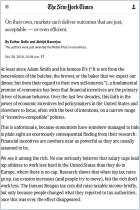

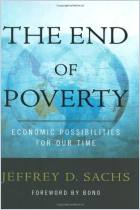
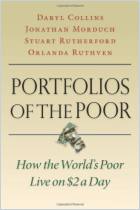
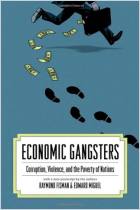
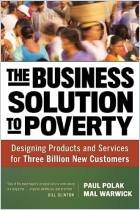
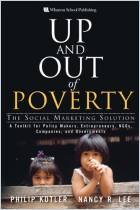






Comment on this summary or Démarrer une discussion